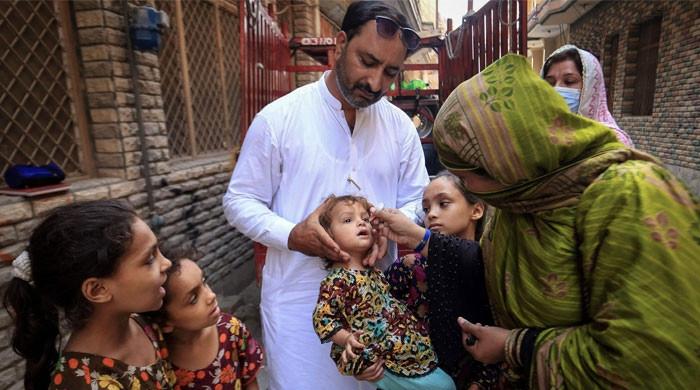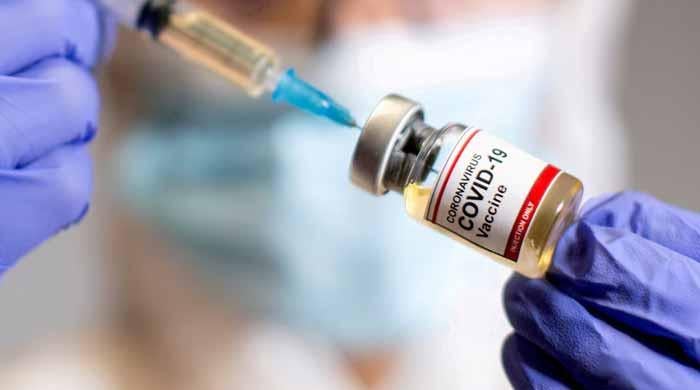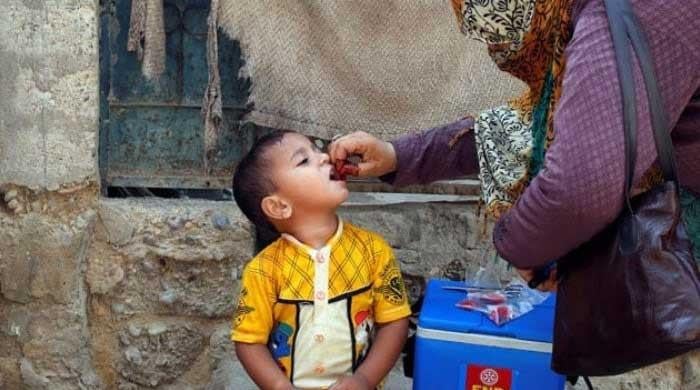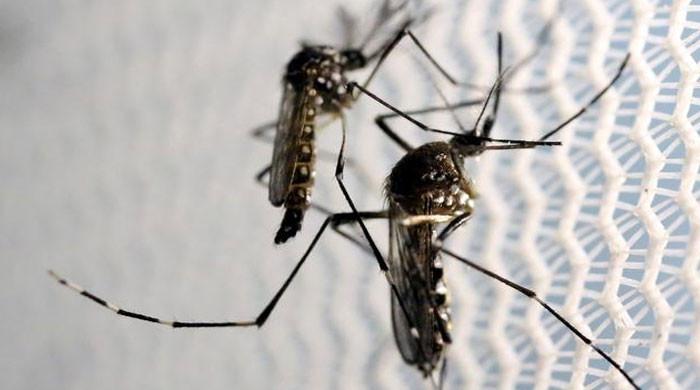Pakistan's COVID-19 positivity rate falls to lowest level since March 2020
Infection rate consistently below 2% for last three weeks, NCOC data shows
November 09, 2021
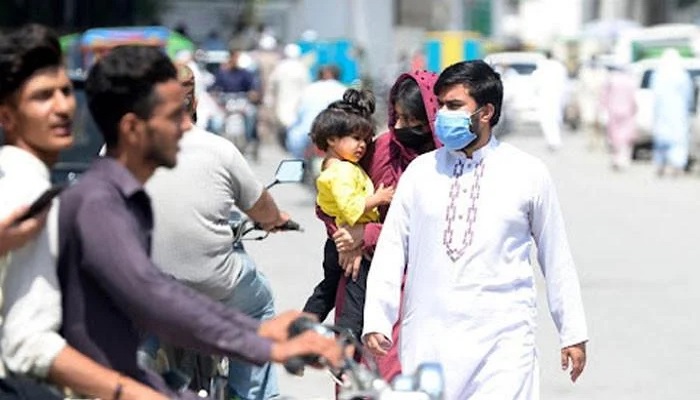
- Pakistan reports lowest COVID-19 positivity rate since March 2020 when govt started recording data.
- Infection rate falls to 0.94%.
- There have been 1,277,560 infections and 28,558 coronavirus-related deaths reported in the country since the pandemic began.
ISLAMABAD: Pakistan’s COVID-19 positivity rate dropped Tuesday to 0.94% for the first time since March last year, when the government started recording data on the pandemic.
Since the last three weeks, Pakistan has consistently reported a coronavirus positivity rate of less than 2% and less than 1,000 daily infections. Hospitalisations and the daily death count have also dropped, indicating an overall improvement in the COVID-19 situation in Pakistan.
On Tuesday, the National Command and Operation Centre’s (NCOC) data showed that 400 people tested positive for the virus after 42,373 tests were taken.
Eleven people, meanwhile, lost their lives to the virus and 277 recovered from it over the same period. With the total number of recoveries at 1,226,157, the number of active cases now stand at 22,845.
There have been 1,277,560 infections and 28,558 coronavirus-related deaths reported in the country since the pandemic began.
Read more: COVID-19 positivity rate under 3% in Pakistan for last three weeks
Pakistan is reporting 514 new infections on average each day, 9% of the peak — the highest daily average reported on June 17.
The country has administered at least 111,967,455 doses of COVID vaccines so far. Assuming every person needs 2 doses, that’s enough to have vaccinated about 25.9% of the country’s population.
During the last week reported, Pakistan averaged about 832,600 doses administered each day. At that rate, it will take a further 53 days to administer enough doses for another 10% of the population.




